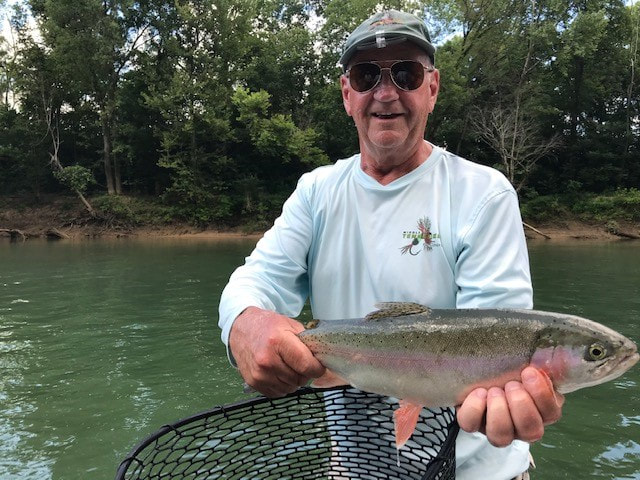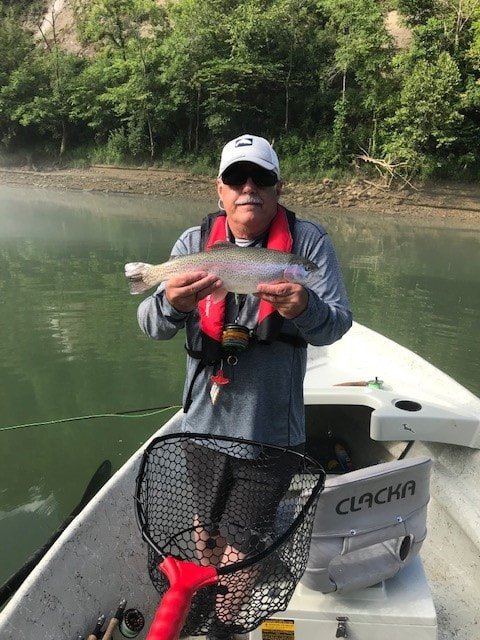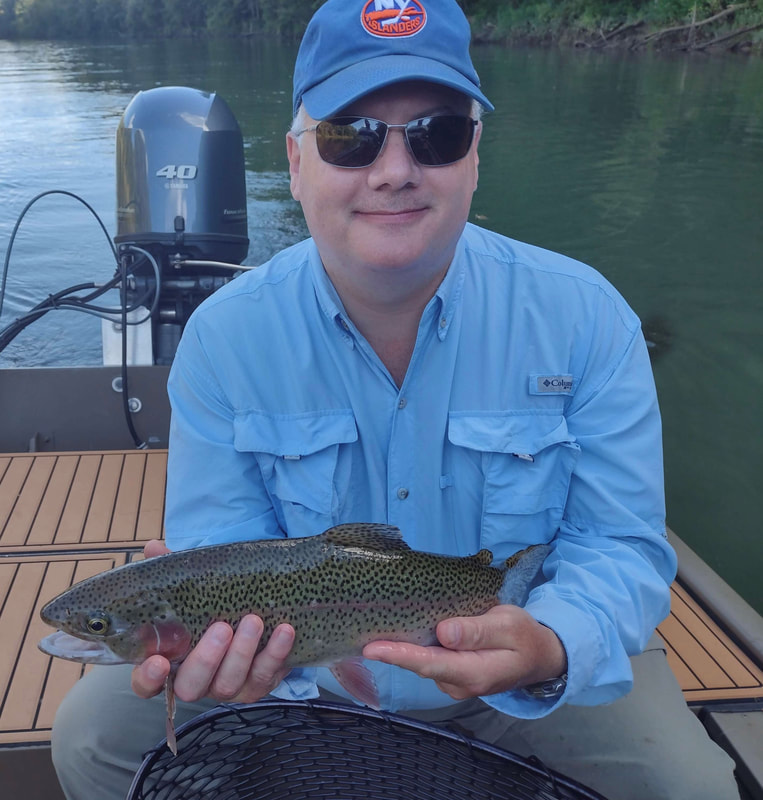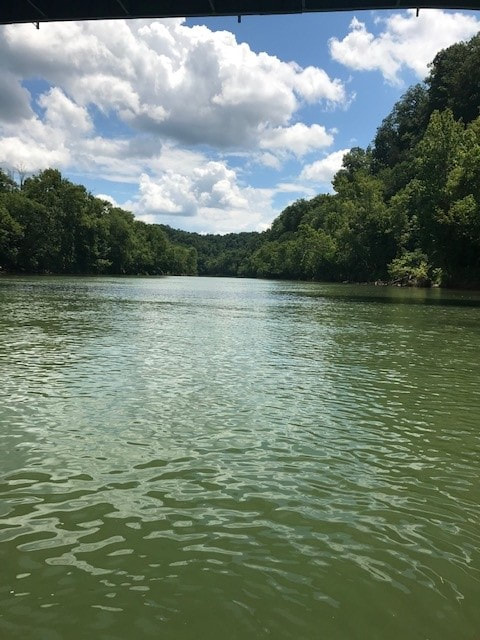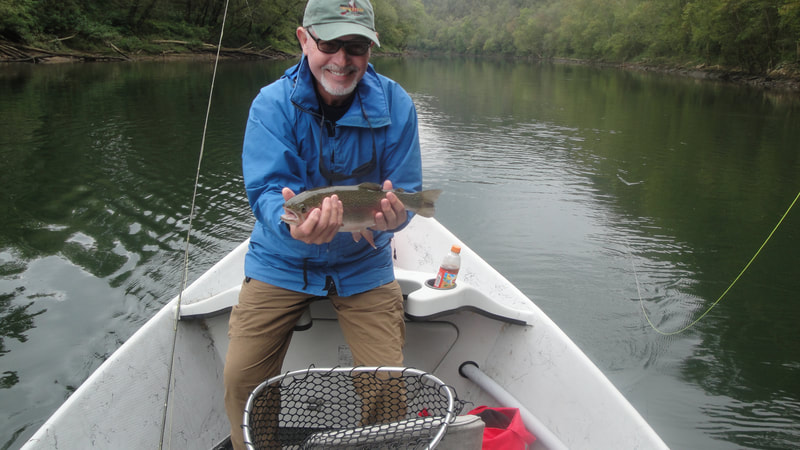The Cumberland River below Lake Cumberland is one of the premier trout fishing destinations in the southeastern United States. Home to the state record 21-pound brown trout and a 14-pound, 6-ounce rainbow trout, the 75-mile Kentucky portion of the Cumberland tailwater rivals the White River of Arkansas and the Caney Fork in Tennessee.
Wolf Creek Dam, which holds back the waters of Lake Cumberland, unleashes a powerful current that can be dangerous to paddlers. At lower water flows and when the dam is not generating electricity through its turbines, however, the Cumberland is ideal for small boats.
The first 16 miles of water from Lake Cumberland’s Wolf Creek Dam to Winfrey’s Ferry is a great place for canoeists, kayakers and owners of small johnboats to float and fish. A few mildly challenging shoals exist in this stretch, perfect water for beginning canoeists and kayakers to hone their skills.
Wolf Creek Dam, which holds back the waters of Lake Cumberland, unleashes a powerful current that can be dangerous to paddlers. At lower water flows and when the dam is not generating electricity through its turbines, however, the Cumberland is ideal for small boats.
The first 16 miles of water from Lake Cumberland’s Wolf Creek Dam to Winfrey’s Ferry is a great place for canoeists, kayakers and owners of small johnboats to float and fish. A few mildly challenging shoals exist in this stretch, perfect water for beginning canoeists and kayakers to hone their skills.
Fishing Access Type:
Boat Yes under under safe generation
Kayak Yes under safe generation
Wading Yes under safe generation
Boat Yes under under safe generation
Kayak Yes under safe generation
Wading Yes under safe generation
Fishing Access:
Kendall Campground
Boat Ramp right below the dam
Hatchery Creek Access
Located below hatchery at the dam
Old Kendall Ferry Ramp - See Map Below
River Map
Kendall Campground
Boat Ramp right below the dam
Hatchery Creek Access
Located below hatchery at the dam
Old Kendall Ferry Ramp - See Map Below
River Map
Fishing Style:
Nymph
Midge Larva
Midge Pupae
Terrestrials
Streamers
Nymph
Midge Larva
Midge Pupae
Terrestrials
Streamers
Equipment:
3wt rod to 7wt rod
3wt rod to 7wt rod
Flies:
Hatch Chart
Hatch Chart
Water Flow:
Data
Data
|
Generation Flows to River Areas
1 Generator Hours to: Helms - 1.6 Rockhouse - 4 Winfrey's Ferry - 5 Bakerton Bar - 9 Burkesville - 11 2 Generators Helms - 1 Rockhouse - 2 Winfrey's Ferry - 3 Bakerton Bar - 5 Burkesville - 11 |
Species:
Rainbow Trout, Brown Trout, Brook Trout |
Misc. Information: Fishing License
